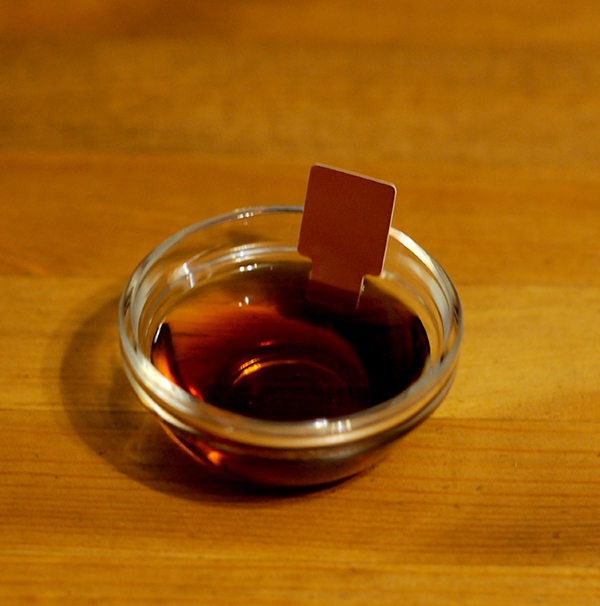
Malt Vinegar Color Notation Munsell Color System; Color Matching from
Malt Color Units. Malt color units, otherwise known as MCU, are yet another great way to estimate the color of beer. It is useful for determining beer color that will be derived in recipes that call for multiple grains. At times, MCU and SRM values may appear the same, however, much of the time, they will differ. EBC Scale
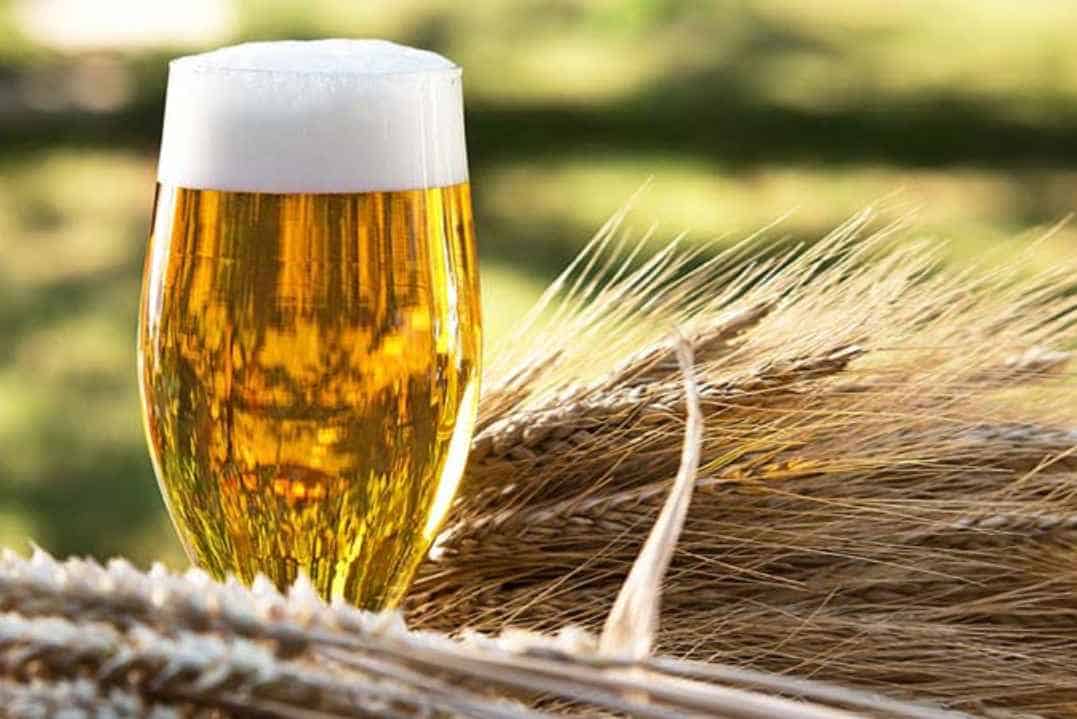
What is Malt in Beer? (Base Malts and Specialty Malts)
Chocolate malt will add a dark color and pleasant roast flavor. Small quantities lend a nutty flavor and deep, ruby red color while higher amounts lend a black color and smooth, rich, roasted coffee or cocoa-like flavor. Use 3 to 12%. Chocolate is an essential ingredient in porters, along with caramel malts.
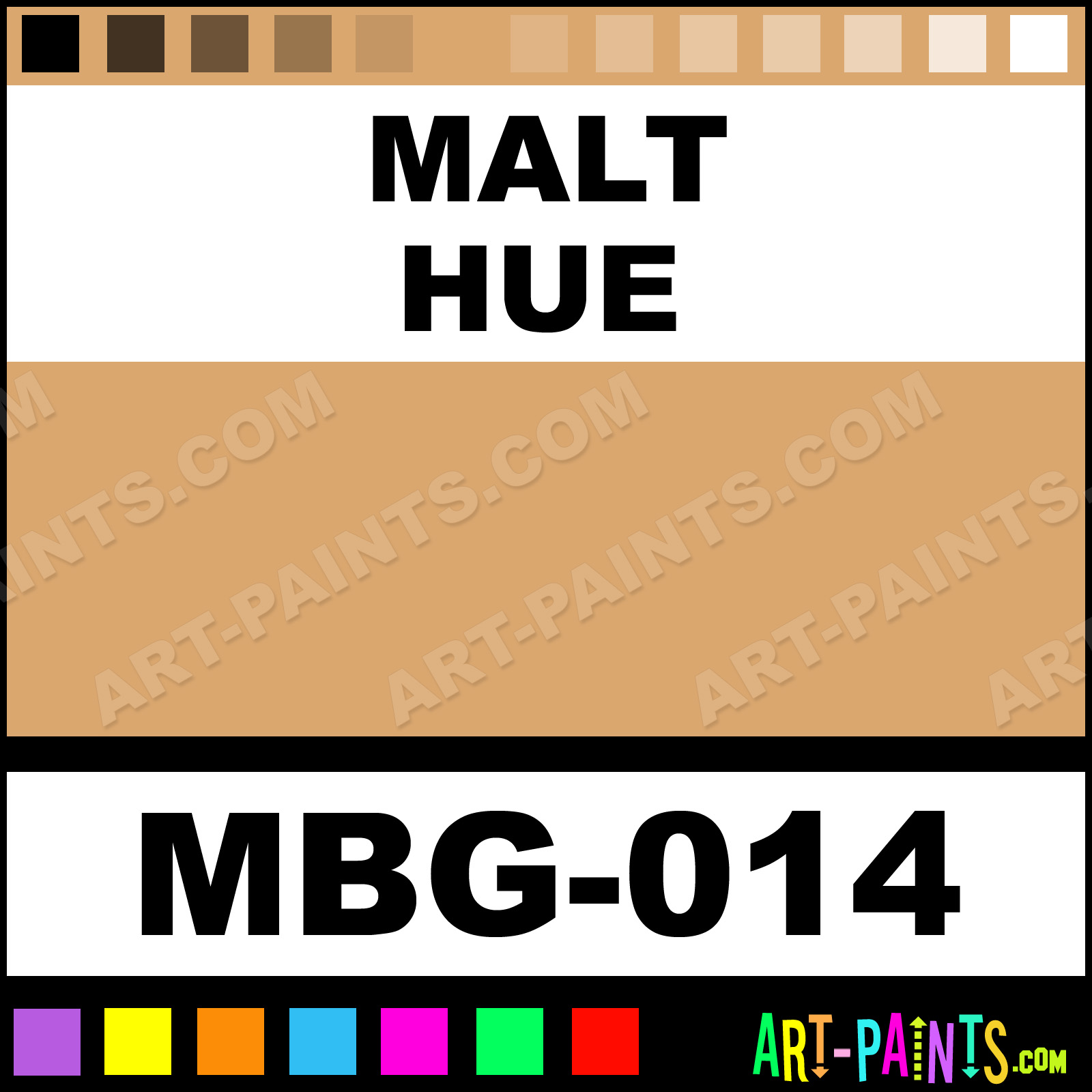
Malt Cone 6 Ceramic Paints MBG014 Malt Paint, Malt Color, Coyote
Pale Malt is the most commonly used base malt, and this excellent variety features in many beers and beer styles throughout the world. It is that good. Pale Malt has a full-bodied flavor delivering wonderful malty aromas and tastes. Pale Malt is versatile and can be used to make just about beer style in your brew cave.

This men's hooded sweatshirt offers easywearing warmth for colddays
Contact Us. 18110 SE 34th St. Ste 240. Vancouver, WA 98683. (360) 693-3661. Click for Contact us Form.
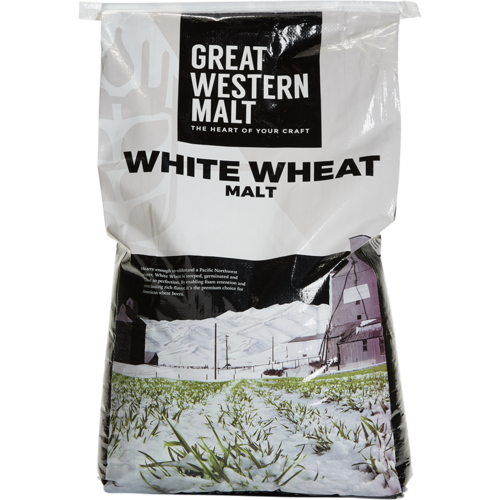
White Wheat Malt Great Western Malting MoreBeer
Mastering the Critical Vocabulary. Color (°SRM, °L): The color of any malt varies from lot to lot, and the color range of a malt type varies widely from maltster to maltster. From the maltster's point of view, it is of some advantage to have a unique color range because it makes switching malts and malt suppliers more difficult; a brewer contemplating switching suppliers would have to make.
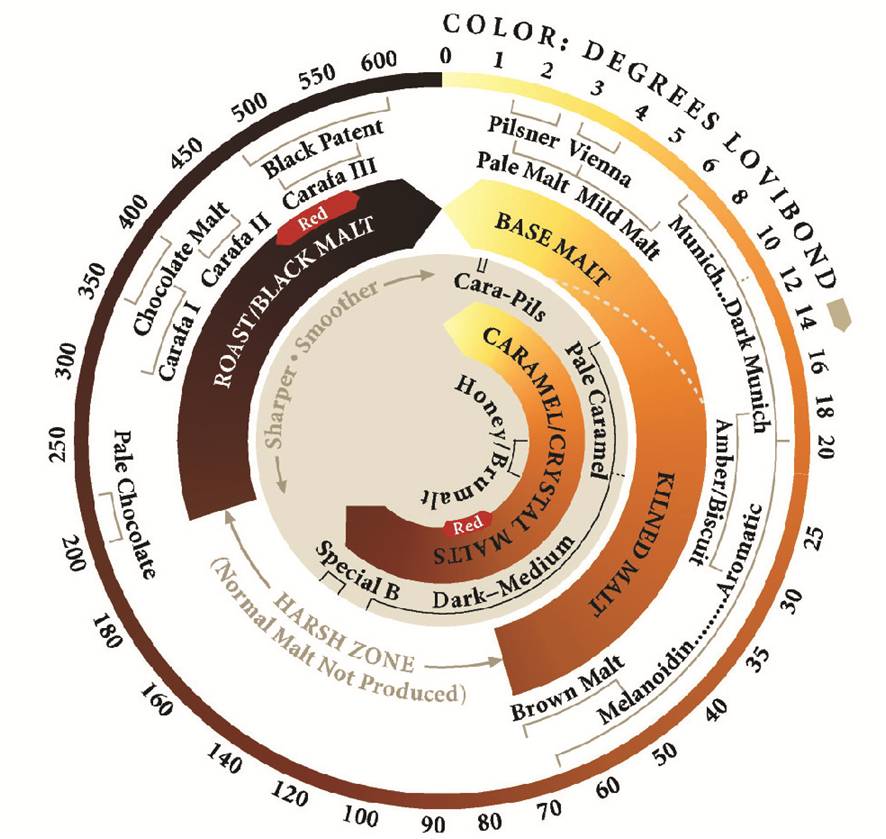
Harsh Zone Crystal and Colored Malts in Beer Brewing
Malt Color. The scale used for measuring malt color is called Lovibond or Degrees Lovibond. This is usually abbreviated using the symbol °L. The degree of lovibond assigned to a grain is based on wort that is created in a lab. The varying color can range from as low as 1° for a very light base malt, to as high as 500 °L.

Dulux malt chocolate walls Living room color schemes, Chocolate walls
Malt has the hex code #D4B890. The equivalent RGB values are (212, 184, 144), which means it is composed of 39% red, 34% green and 27% blue. The CMYK color codes, used in printers, are C:0 M:13 Y:32 K:17. In the HSV/HSB scale, Malt has a hue of 35°, 32% saturation and a brightness value of 83%. Details of other color codes including equivalent.
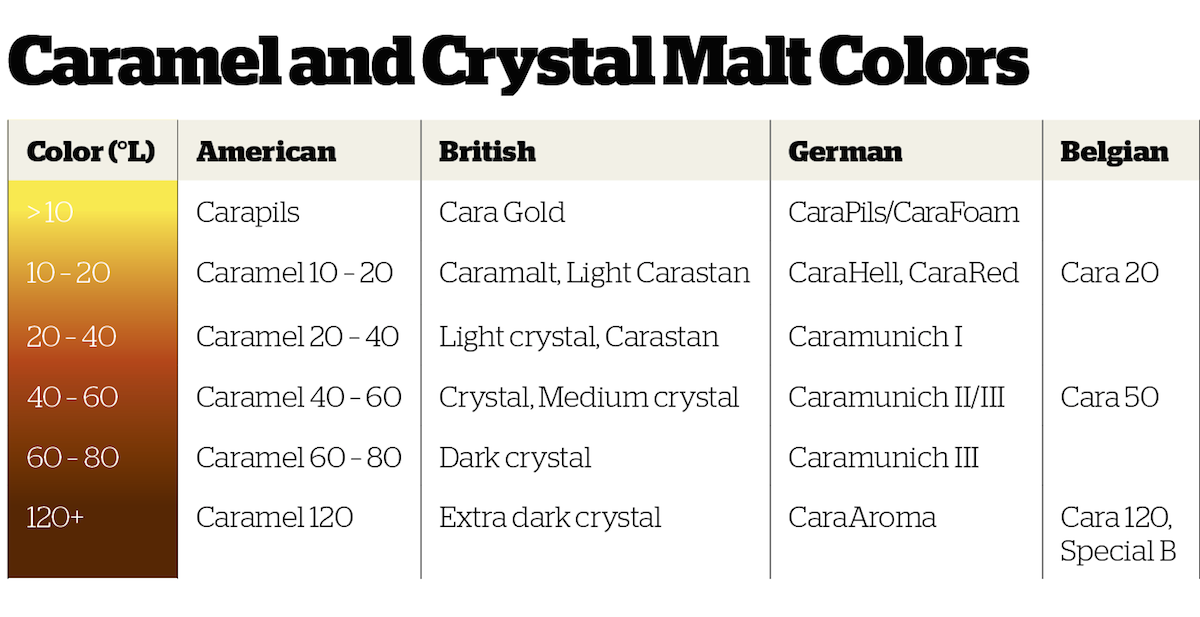
Malt The Soul of Beer Craft Beer & Brewing Magazine
The 'flavor volume' is louder, but the malt still has to be interesting." A low-color base malt can be a great tool for portfolio differentiation, too. With a visual connotation of approachability and lightness, a low-color malt can help surprise increasingly been-there, done-that craft drinkers. "Think of double IPA" says German.

COLOR MALT TYPE FABRIC
Color and Appearance: The color of malted barley influences the color of the final beer. Lighter malts result in pale or golden beers, while darker malts produce amber, brown, and even black hues. The visual appeal of beer is important to consumers and can be an indicator of the beer's flavor profile.

COLOR MALT TYPE WALLPAPER
Learn everything about malt, which adds color and flavor to whiskey, beer, and more. Learn about malt syrup, malt powder, and malted milk powder.

Malt
Significance: A second five-star malt attribute because of its impact to a finished beer is color. Malt is normally the largest source of beer color in beers over 3 SRM and invariably, if tight controls for color are desired, formulations may have to be adjusted to hit your target color. While volumes have been written about the importance of.

Color spectrum of Weyermann Malt Malts, Pale Ale, Pilsner, Color
This is known as the Lovibond ® color scale. Evolution of Malt and Beer. As technology for measurement and analysis continued to advance throughout the mid-20 th century, malt supply and beer styles evolved as well. Alongside these advancements was the move toward a more cohesive method for measurement and reporting of a variety of malt and.

Flexcolor CQ Malt 1 GAL SALE Tile Stone Source
I have noticed a lot of variation in Munich malts from different maltsters and I'm trying to understand the difference between Munich Light, Medium, and Dark malts. I can order Munich Light in 5, 8, 15, and 30 °L, and Munich Dark comes in 8, 15, and 50 °L colors. There are also malts offered as Munich 10 °L, Munich 20 °L, and Munich 60.
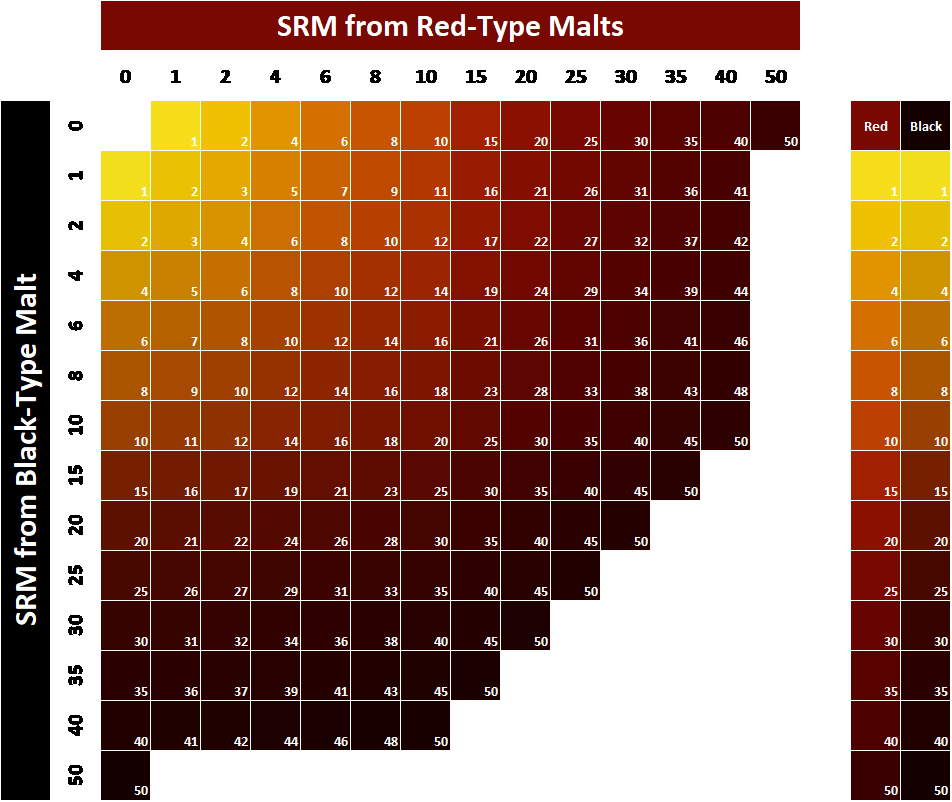
Predicting Beer Color Based on Formulation Brewing With Briess
Color is a very important descriptor for malts; the color of a malt is measured and listed in degrees Lovibond. Generally speaking, there is an association b.
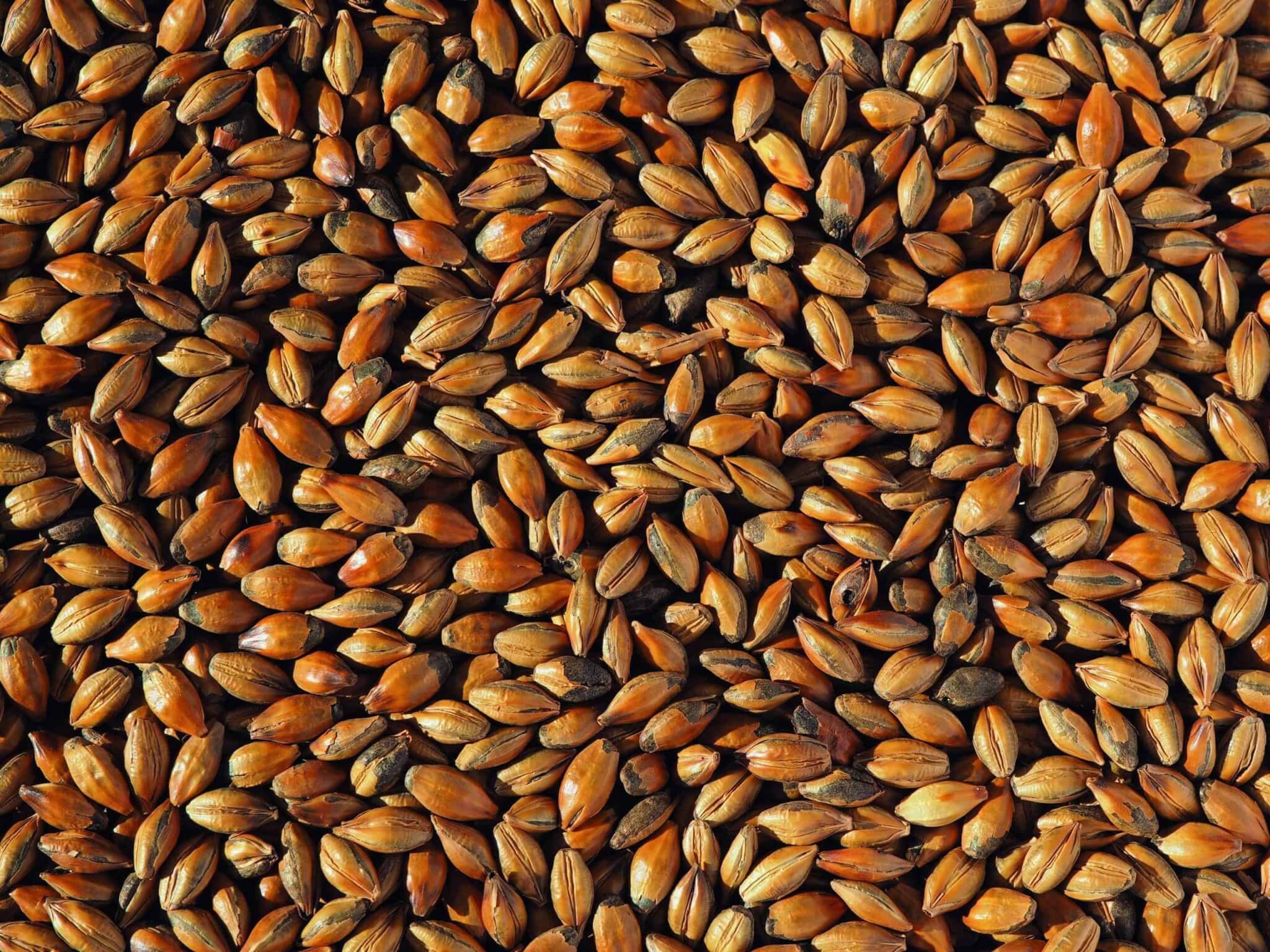
Crisp Brown Malt Cactus Craft
The term "diastatic" refers to "diastase" enzymes, of which the two major ones are the alpha and beta amylase mentioned above. The range of diastatic power varies from zero to approximately 300, with an average Pale malt in the roughly 150-200 range. Malt Enzymes vs Malt Color. Malt enzymes are developed during the malting process.

Glenfarclas 10yr Single Malt Scotch Whisky
Malt Color Units (MCU) is an easy way for brewers to calculate the approximate color expected in a given recipe with multiple grains and adjuncts. This is especially useful for recipes that you are making for the first time. In order to calculate MCU of a recipe, the calculation is: